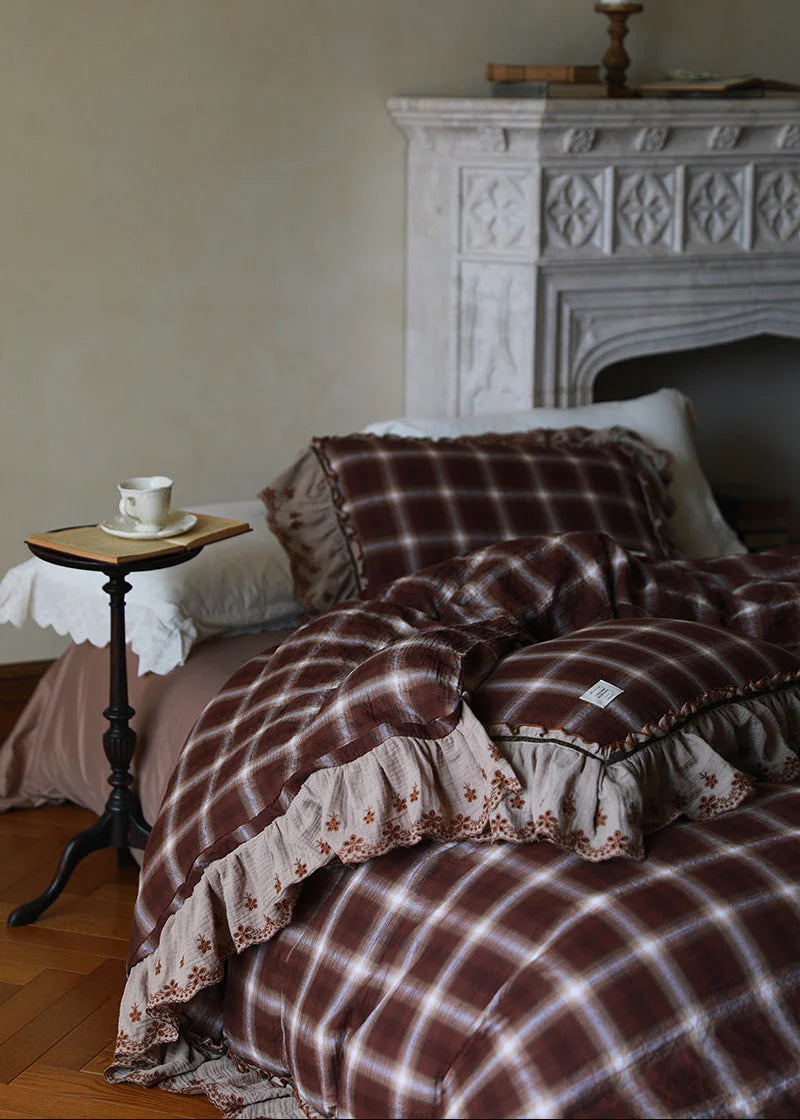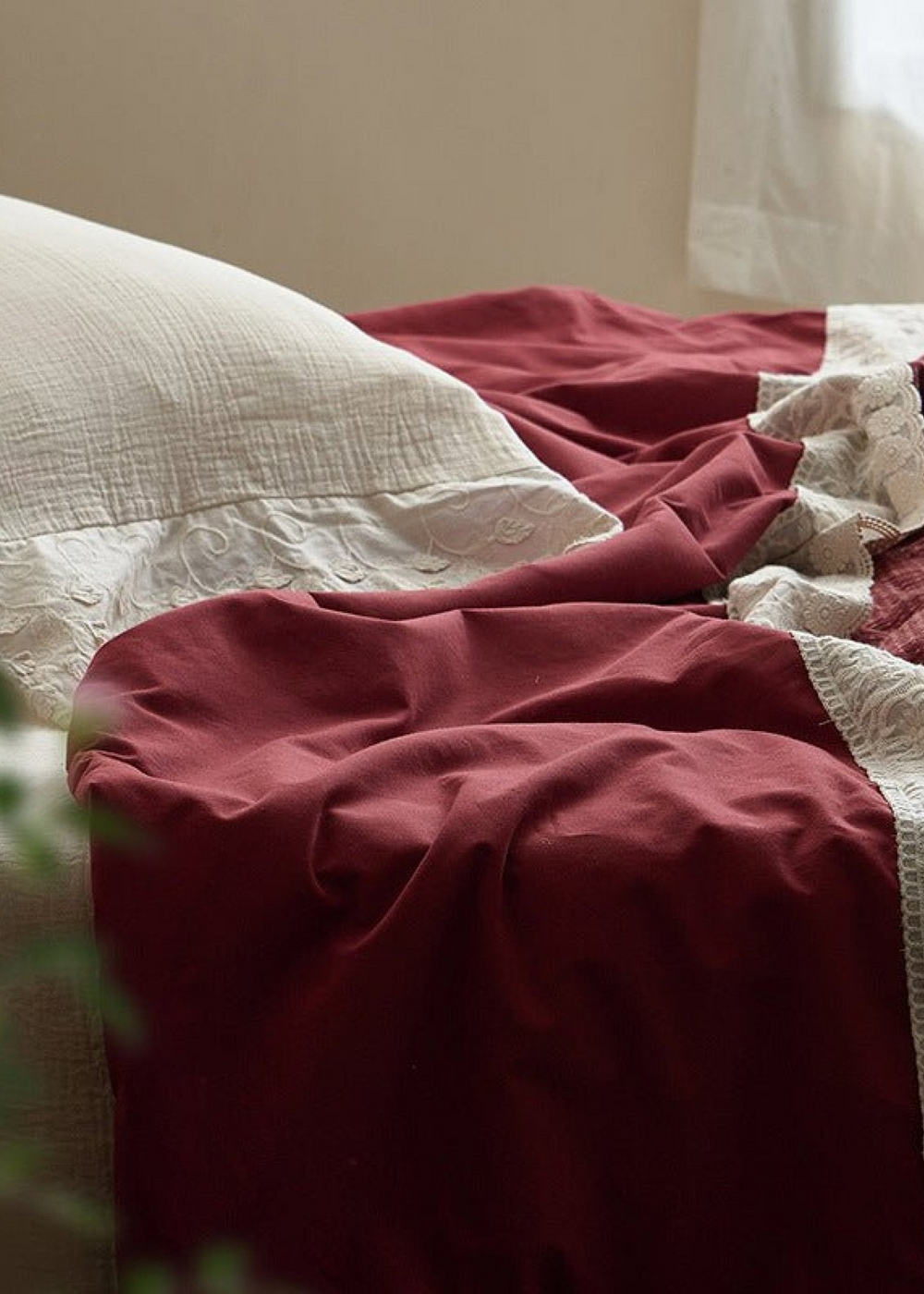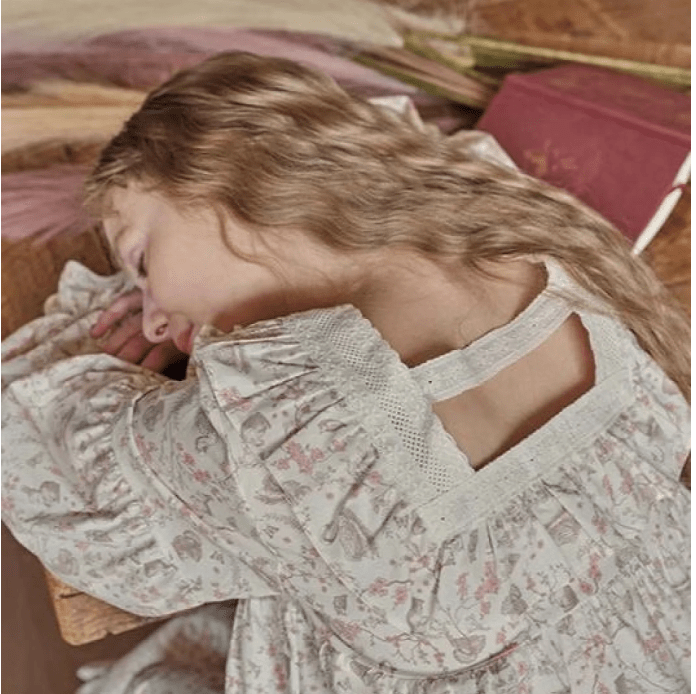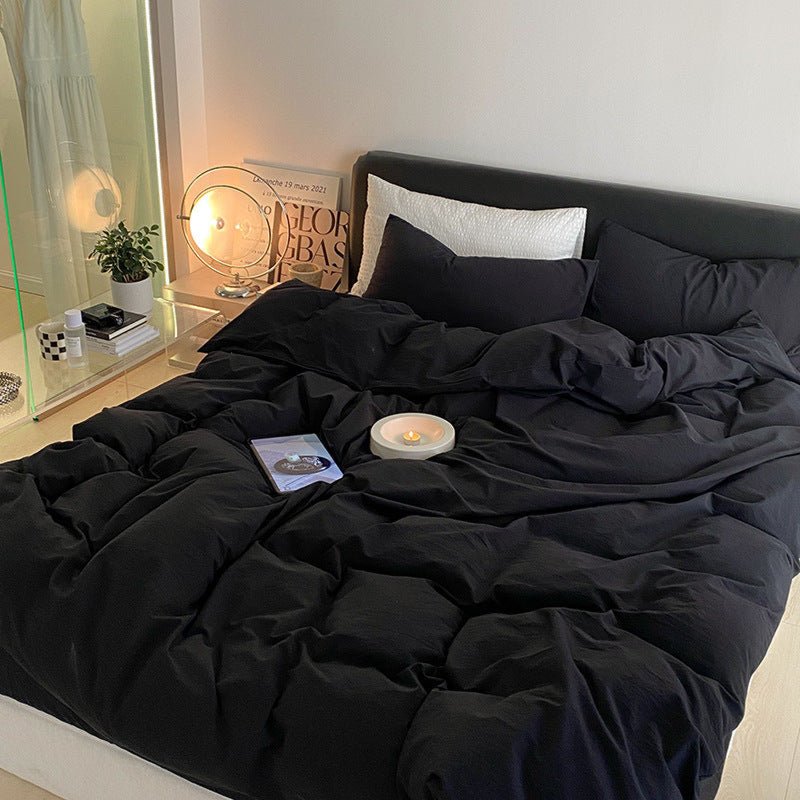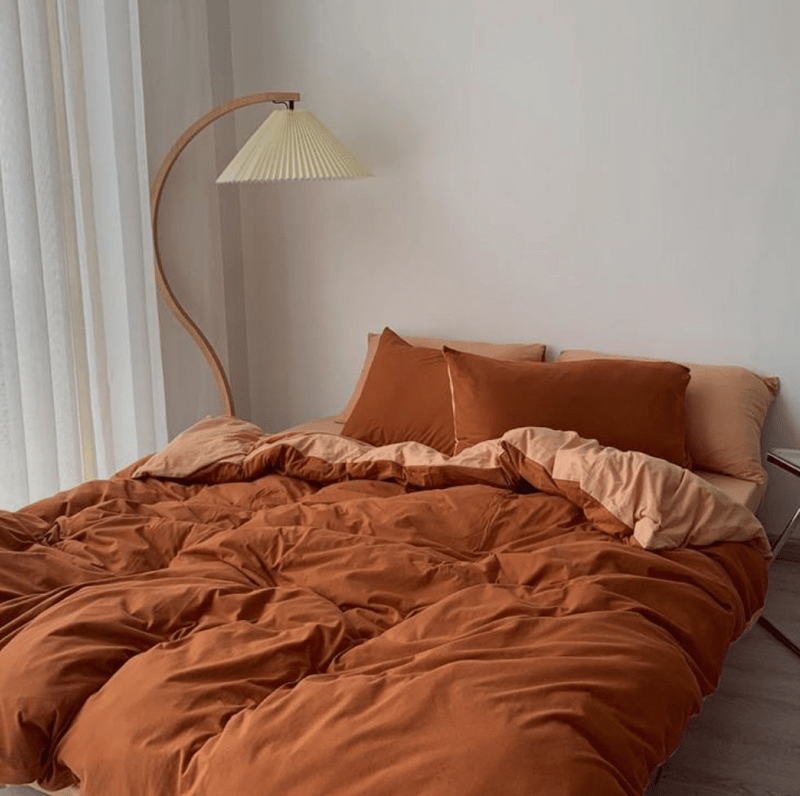
The Science Behind Quality Bedding: Improving Sleep Hygiene and Mental Health

A good night’s sleep is more than just a luxury—it’s a fundamental necessity for overall health. Sleep is crucial in cognitive function, emotional stability, and physical well-being. While factors such as diet, exercise, and screen time influence sleep quality, one often-overlooked aspect is bedding. The materials, structure, and cleanliness of your bedding directly impact sleep hygiene, which in turn affects mental health. Investing in high-quality bedding isn’t just about comfort—it’s a scientifically backed method to enhance rest, reduce stress, and improve overall well-being.
This blog from Ever Lasting explores the science behind quality bedding and how it contributes to better sleep hygiene and mental health.
Table of contents


1. The Link Between Sleep and Mental Health
Sleep and mental health share a complex, bidirectional relationship. Poor sleep can lead to increased stress, anxiety, and depression, while mental health disorders can, in turn, disrupt sleep. Studies have shown that people suffering from insomnia are at a higher risk of developing anxiety and depression, and those with depression often struggle with sleep disturbances. On the flip side, quality sleep enhances cognitive function, emotional resilience, and mood regulation. This is why sleep hygiene—the habits and environmental factors that contribute to restful sleep—is essential for maintaining mental and emotional well-being. Quality bedding plays a crucial role in this equation, influencing everything from body temperature to sensory comfort.


Find similar styles...
2. How Bedding Affects Sleep Hygiene
Sleep hygiene refers to habits and environmental factors that contribute to restful sleep. It includes maintaining a consistent sleep schedule, minimizing light and noise, and ensuring that your sleep environment is clean and comfortable.
Your bedding is one of the most immediate factors affecting your sleep hygiene. Poor-quality sheets, an unsupportive mattress, or an uncomfortable pillow can lead to sleep disturbances, while high-quality bedding can help regulate temperature, reduce allergens, and provide the comfort necessary for deep sleep.


Grab the look with ...
3. The Role of Thread Count and Fabric Quality
Many people assume that a higher thread count means better quality sheets, but this isn’t always the case. Thread count refers to the number of threads woven into a square inch of fabric, but excessive thread counts can sometimes make sheets less breathable.
Instead of focusing solely on thread count, consider material quality:
Cotton (especially Egyptian or Pima cotton) is breathable, soft, and durable.
Linen offers excellent moisture-wicking properties, keeping you cool in hot weather.
Bamboo is hypoallergenic and naturally resistant to bacteria, making it ideal for sensitive skin.
Silk is smooth and luxurious, reducing friction on skin and hair while helping regulate temperature.
Choosing the right material based on your needs can significantly impact sleep quality.


Craft your style with ...
4. Temperature Regulation and Bedding Materials
One of the most significant sleep disruptors is body temperature. If you overheat at night, your sleep cycles can be disturbed, leading to poor rest and increased grogginess the next day. The right bedding materials help regulate temperature, preventing night sweats and discomfort.
Breathable fabrics like percale cotton, linen, and bamboo allow for better airflow.
Moisture-wicking sheets, such as Tencel or performance fabrics, help keep you dry.
Weighted blankets with cooling technology provide pressure therapy without overheating.
Finding the right bedding for your body temperature needs can make a dramatic difference in sleep quality.


5. Pillow Support and Spinal Alignment
Pillows are more than just a place to rest your head—they play a crucial role in spinal alignment. The wrong pillow can cause neck pain, headaches, and even contribute to long-term posture issues.
The best pillow for you depends on your sleeping position:
Back sleepers benefit from medium-firm pillows that support the neck’s natural curve.
Side sleepers need firmer, thicker pillows to keep the spine aligned.
Stomach sleepers should use soft, low-loft pillows to avoid excessive neck strain.
Memory foam, latex, and adjustable fill pillows can be customized for individual needs, making them a superior choice for those looking to improve sleep quality.


Achieve a similar look with ...
6. The Impact of Mattress Quality on Sleep
Your mattress is arguably the most critical component of sleep hygiene. An unsupportive or worn-out mattress can cause back pain, pressure points, and frequent tossing and turning, all of which negatively impact sleep quality and mental health.
Choosing the right mattress to accompany you rbedding depends on personal preferences and body type:
Memory foam mattresses conform to the body, relieving pressure points.
Hybrid mattresses (which combine foam and springs) offer balanced support.
Latex mattresses are durable, naturally cooling, and hypoallergenic.
A mattress should be replaced every 7-10 years to ensure it continues to provide proper support.


Embrace the look...
7. Allergen-Free Bedding for Better Health
Dust mites, mold, and pet dander in bedding can trigger allergies, asthma, and skin irritation, all of which can disrupt sleep. Hypoallergenic bedding materials help minimize exposure to allergens, leading to better sleep and improved health.
Opt for:
Organic cotton or bamboo sheets , which are naturally hypoallergenic.
Silk or wool blankets , which resist dust mites.
Mattress and pillow protectors , which prevent allergens from accumulating.
Regularly washing bedding in hot water and using fragrance-free detergents can further reduce allergens.


8. The Psychological Comfort of Bedding
Comfortable bedding does more than just physically support sleep—it can also provide psychological benefits. Weighted blankets, for example, mimic deep pressure stimulation, which has been shown to reduce anxiety and promote relaxation. Soft, high-quality bedding can also create a sense of security and relaxation, reducing stress levels before bedtime. This “nesting” effect can make falling asleep easier and contribute to better overall mental health.


Enhance your space with...
9. Sleep Hygiene Habits Beyond Bedding
While bedding plays a crucial role in sleep hygiene, it’s most effective when combined with other healthy sleep habits. Consider implementing the following:
Maintain a consistent sleep schedule. Going to bed and waking up at the same time daily reinforces the body’s natural sleep-wake cycle.
Reduce screen time before bed. Blue light from screens suppresses melatonin, making it harder to fall asleep.
Create a calming bedtime routine. Reading, meditation, or gentle stretching can signal the body that it’s time for rest.
By combining these habits with quality bedding, you can create the perfect sleep environment.


Bring it to life with ...
10. Investing in Quality Sleep for Long-Term Well-Being
Spending on high-quality bedding isn’t just about luxury—it’s about prioritizing your health. Poor sleep can lead to cognitive decline, immune system suppression, and increased risks of heart disease and mental health issues. Investing in comfortable, breathable, and supportive bedding is an investment in long-term well-being. By understanding the science behind quality bedding and making thoughtful choices, you can create a sleep environment that promotes relaxation, reduces stress, and improves both physical and mental health.


Final Thoughts
Quality bedding is more than just a comfort upgrade—it’s an essential component of sleep hygiene and mental well-being. The right materials, proper support, and a clean, allergen-free sleep environment can transform the way you sleep and how you feel during the day. If you’re struggling with poor sleep, consider upgrading your bedding as one of the first steps toward better rest and improved mental health. After all, quality sleep is one of the most powerful tools for a healthier, happier life.
Looking for another Read?
Quick Bedding FAQ:
What size should I get?
In terms of sizing, most college dorms have Twin XL beds. In that case, we recommend going with a small size bed set and flat sheet. If you're looking for a fresh start or not sure where to begin, we recommend checking out our bundles! Each bundle will include a pillow, duvet insert and bedding set! It is also already pre discounted! Say heyyy to savings.
Don't see the bundle for the style of bedding set you like? Reach out to us and we might be able to make it happen! :)
For more info on bedding and sizing check out our size guide.
How should I decorate my room?
However you feel fit! No matter your style or aesthetic, Ever Lasting has a huge selection of bedding, we're sure you'll find something you love. ♡ Don't forget to share your progress and room makeovers with us by using #EverLastingMakeover and tagging us @EverLastingFabric.
Anything we missed?
Find more answers and tips on our back to school page or contact us for more help :)
Thanks for staying till the end
Thanks for finishing reading the whole blog!! FOR MORE ABOUT SELF CARE DEALS AND LOOKS, VISIT OUR SELF CARE COLLECTION (SEE MORE EXCLUSIVE OFFERS 💅 ).
Quick Links:
To read more inspo blog. To shop our new arrivals.
♡ Don't forget to share your progress and room makeovers with us by using #EverLastingMakeover #EverLastingFabric and tagging us @EverLastingFabric.

